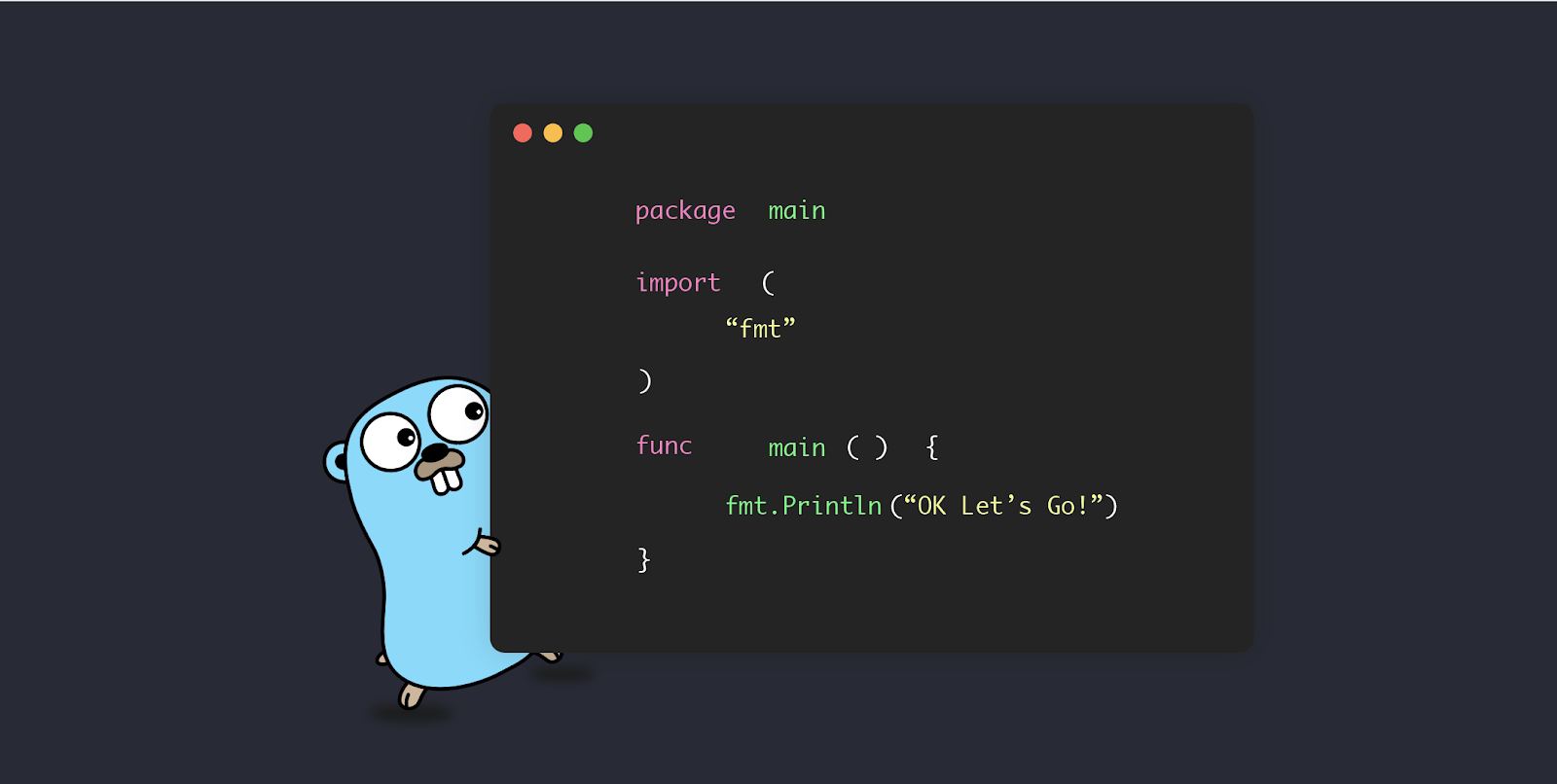Dive into Golang: A Beginner's Guide to Learning Golang
Are you ready to embark on an exciting journey into the world of Golang? Whether you're a seasoned programmer or a complete beginner, learning Go can open up a whole new realm of possibilities for you. In this beginner's guide, we'll take you through the basics of Go programming and set you on the path to becoming a proficient Go developer.
What is Go(lang)?
Go, often referred to as Golang, is an open-source programming language developed by Google. It's designed for simplicity, efficiency, and readability, making it a favorite among developers for building scalable and reliable software.
Getting Started
Before diving into coding, you'll need to set up your development environment. Fortunately, getting started with Go is a breeze. Simply head over to the official Go website (golang.org), download the latest version for your operating system, and follow the installation instructions.
Once you have Go installed, you can verify your installation by opening a terminal or command prompt and typing:
go version
If everything is set up correctly, you should see the installed version of Go printed to the screen
Your First Go Program
Now that your environment is all set up, let's write your first Go program! Open your favorite text editor or integrated development environment (IDE) and create a new file named `hello.go`. Then, paste the following code into the file:
```go
package main
import "fmt"
func main() {
fmt.Println("Hello, Go!")
}
```
Save the file and navigate to its directory in your terminal or command prompt. Then, type the following command to compile and run the program:
```bash
go run hello.go
```
You should see the message "Hello, Go!" printed to the screen – congratulations, you've just written and executed your first Go program!
Exploring Go Basics
Now that you've dipped your toes into the world of Go programming, let's take a closer look at some of its key features:
- Simple Syntax: Go's syntax is clean and concise, making it easy to read and write code.
- Concurrency: Go has built-in support for concurrency, allowing you to write efficient and scalable concurrent programs.
- Static Typing: While Go is statically typed, it also supports type inference, reducing the need for explicit type declarations.
- Packages and Imports: Go encourages modular programming through the use of packages, making it easy to organize and reuse code.
Next Steps
As you continue your journey with Go, there are plenty of resources available to help you along the way. From online tutorials and documentation to books and community forums, there's no shortage of support for Go developers.
Consider diving deeper into topics such as error handling, interfaces, goroutines, and channels to further enhance your Go programming skills. And don't forget to practice, practice, practice – the more you code, the more comfortable you'll become with the language.
Conclusion
Congratulations on taking your first steps into the world of Go programming! With its simplicity, efficiency, and growing popularity, Go is an excellent choice for both beginners and experienced developers alike. So grab your keyboard, fire up your IDE, and start building something amazing with Go!


Comments
Post a Comment